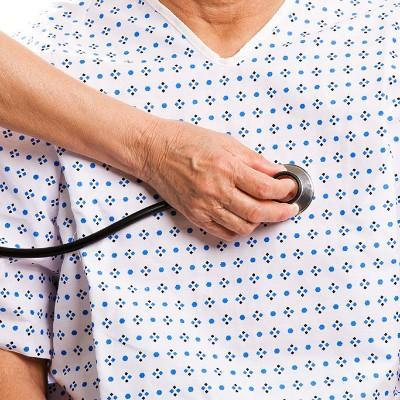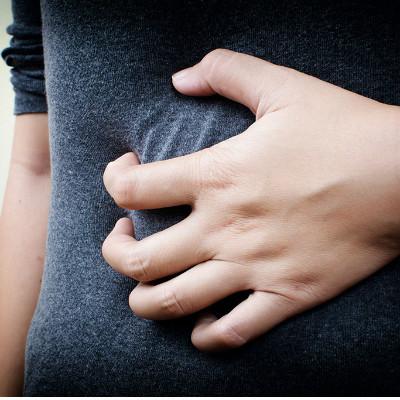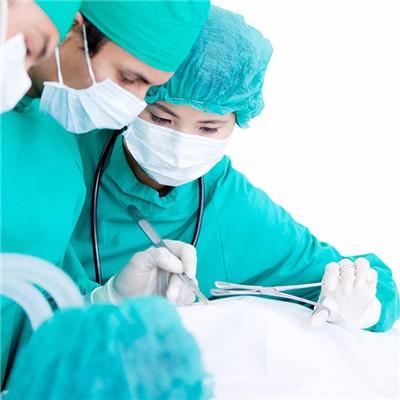Typical symptoms of myocardial infarction?
summary
Myocardial infarction is also mild and severe. Some patients go to the hospital for treatment when they feel angina pectoris abnormality obviously. At this time, the situation is under control, and there is no serious impact. However, if they are not detected in time before the onset of myocardial infarction, the consequences will be very serious. However, the onset of myocardial infarction is related to heart and vascular diseases, For example, if the wall of the blood vessel is thickened and the lumen is narrowed, and the blood viscosity is high, it is easy to block the blood vessel. If this happens, it is easy to cause myocardial ischemia and myocardial infarction. Let's first understand the typical symptoms after myocardial infarction.
Typical symptoms of myocardial infarction?
The typical symptom of myocardial infarction in general life is pain. The site of pain is usually located at the back of sternum, which is the kind of stuffy or suffocating pain. However, the location of atypical myocardial infarction pain is different. At this time, the pain usually occurs in the upper abdomen, accompanied by nausea, vomiting and other gastrointestinal abnormalities. However, some patients may also have neck pain, toothache, shoulder and back pain symptoms, there are a few people will have calf pain symptoms.

Pain is indeed the first and most prominent symptom in acute myocardial infarction, because it is divided into two types: typical and atypical. Therefore, the location of myocardial infarction is also different, generally in the anterior region of the heart. Due to the different severity of the disease, it may also affect the left shoulder pain, but sometimes the pain is also in the upper abdomen or xiphoid process, When myocardial infarction occurs, general patients will have restlessness, sweating symptoms. Some of them can be relieved in half an hour, and some of them can't be relieved by taking medicine or rest for a long time.

Myocardial infarction body fever will appear in the heart after a day of pain, this time generally does not have a high fever, fever will last about a week. Pain may be accompanied by flatulence. Most of the patients with myocardial infarction will have arrhythmia, physical fatigue, dizziness and syncope. Hypotension is common in patients with myocardial infarction. Due to the obvious decrease of blood pressure, there are also symptoms of restlessness and pale face. However, a small number of patients with severe myocardial infarction may have symptoms of heart failure due to the long time of infarction. At this time, if not treated in time, it will cause life-threatening.

matters needing attention
People with myocardial infarction have to pay special attention to diet regulation after recovery to avoid the symptoms of vascular blockage. Eat more light and nutritious food, try to eat less greasy food that is not easy to digest and burden blood vessel metabolism. Drink more water, and exercise more if your body allows. It's good for your metabolism.














